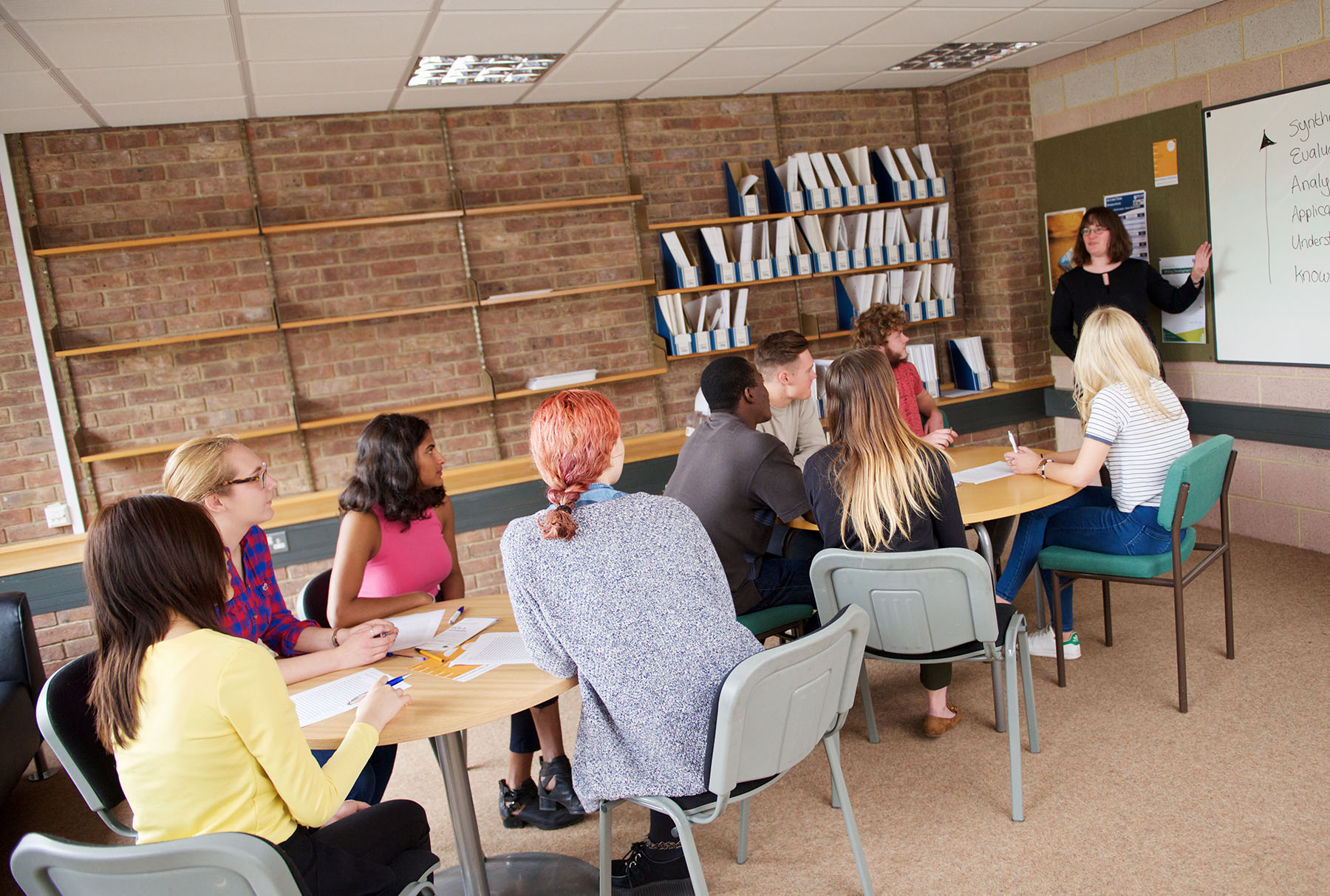Student-led Spaces
NEW: A vision for education and skills at Newcastle University: Education for Life 2030+
Student-led Spaces
Students don’t always need assistance from their teachers in developing social connections. Where students are already using established networks, a simple nudge of encouragement to widen this to include their classmates or suggestion of other networks/social groups they could join may be sufficient.
You may want to highlight some of the online safety points:
- Encourage, or even require, the use of university credentials in online spaces (to prevent anonymous users)
- Remind students to be careful who they give their details to and to only ‘friend’ or connect with people they want to
- Encourage students to create their own ground rules or codes of conduct for the space like you would in a physical present-in-person classroom. You may wish to use student moderators to ensure the guides are being followed.
- Remind students of the Student Charter and the expectation that they abide by this and the Student Code of Conduct.
See the Considerations document for more detail.
Social Media
When it comes to making social connections on digital platforms, students already make use a wide range of apps and tools to connect and communicate with each other. Whether it is an application like WhatsApp or TikTok, or social networks like Facebook, Twitter, or Instagram, they will already be using their preferred channels to connect with other students. Rather than try to recreate what already exists, you could encourage them to use their existing social media tools to connect with a wider group of peers when studying or socialising.
NUSU Student Societies and Clubs
There are lots of opportunities for social engagement outside of class. Remind students of the relevant university student societies and sports clubs they can join and the importance of these for developing networks.
Virtual Common Rooms
Common rooms are inclusive spaces open to anyone from the school. Students may wish to create a virtual common room where they can meet with fellow students and may ask for suggestions of platforms in which they could host this. There are lots of platforms in which you could use create a virtual common room:
Teams
Create a Teams site that you add all students to. Create separate channels for different aspects of the common room e.g. virtual café, general chat, noticeboards etc. For more information on building a learning community on Teams see the 365 Learning Pathways guide.
External platforms
Proximity-based applications like GatherTown and Remo where you move yourself closer to a group to join a conversation mimic real social spaces in that you can drift in and out of conversations like you would in a physical environment. They can be customised to create your own unique virtual space. Bear in mind the university guidelines for unsupported software.
Canvas
Create a Canvas Big Blue Button conference room into which students can drop in at any point or specified points during the day/week.
Setting up a community also means that we can easily enrol other students taking Philosophy modules, so for example Combined Honours students are part of the community.
